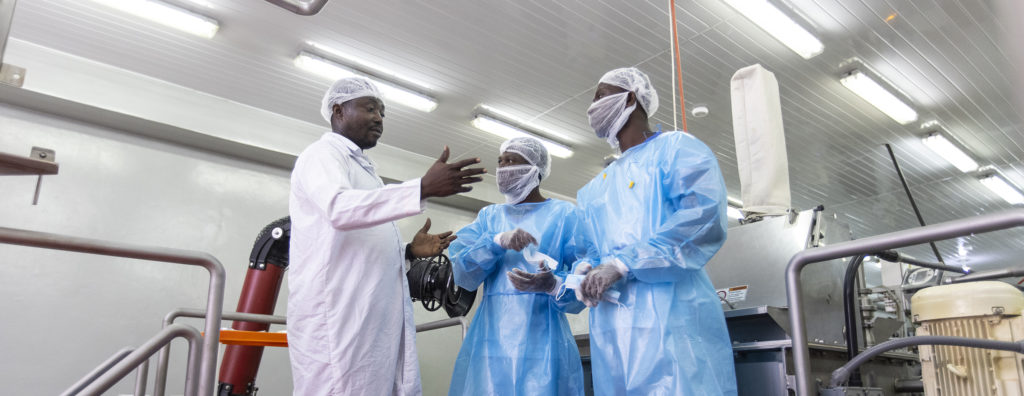
The best way to implement food safety practices is to develop a food safety plan. A food safety plan is a set of written documents that identifies potential hazards and defines steps to control those hazards. The plan can also contain suppliers’ programs and procedures for monitoring and making corrections when things go wrong. We will outline common first steps and resources for an effective plan.
Preliminary Steps
- Form a food safety team. Include people with different specialties and responsibilities.
- Describe the product and how it is distributed. Include the product name(s), ingredients, packaging type, shelf-life, storage, and distribution.
- Describe how the food is intended to be used and who the consumer is. Who are the intended customers (e.g., general public, infants, elderly, other at-risk people)?
- Draw up a diagram of how the raw materials will flow through the manufacturing. Show each step in your process.
- Verify that flow diagram on-site. Physically verify your process and update with any changes.
There are many sources of information you can reference when developing a food safety plan.
Global Standards, such as the Hazard Analysis and Critical Control Points (HACCP) system
Regulatory publications, such as the U.S. law known as the Food Safety Modernization Act
Trade association publications, such as the American Peanut Council’s list

